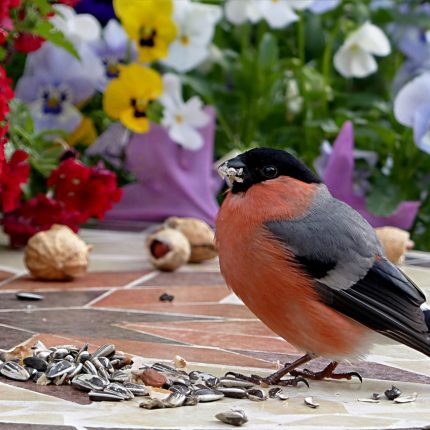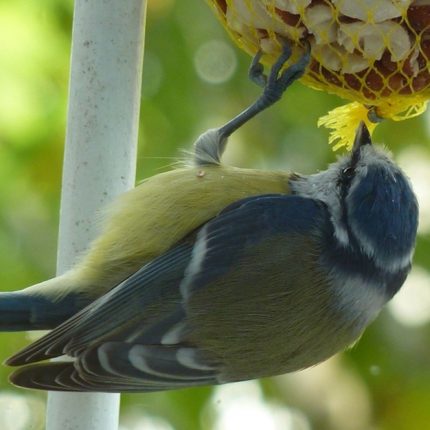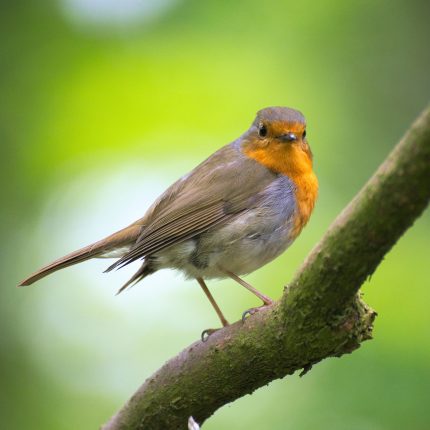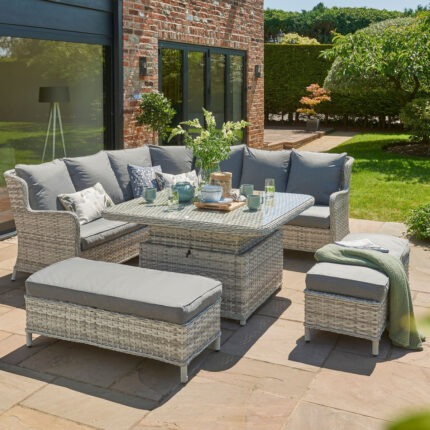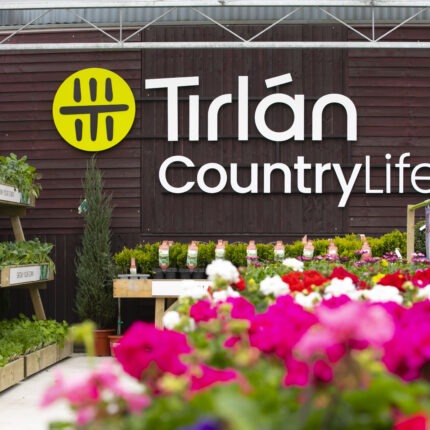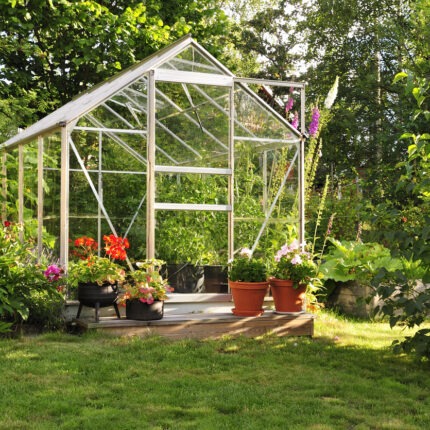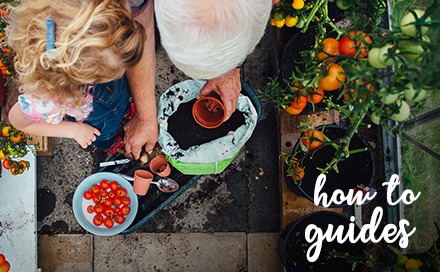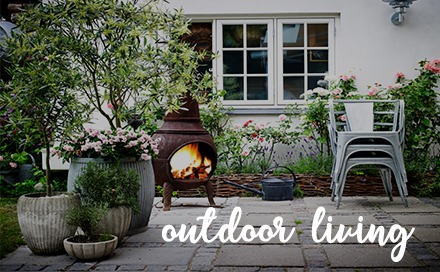Feeding birds with Éanna Ni Lamhna
The cold weather now has come and the nights are getting longer. A small bird has to eat enough during the short day to be able to have enough energy to last the night. It is getting harder to find food. The leaves on which the green insects feed are nearly all gone and so are all the greenflies, caterpillars and the small spiders that feed on them.
The red berries on the holly, mountain ash, and hawthorn trees won’t last much longer. The soil is either saturated with water or frozen for a while in the morning making it difficult to probe for worms.
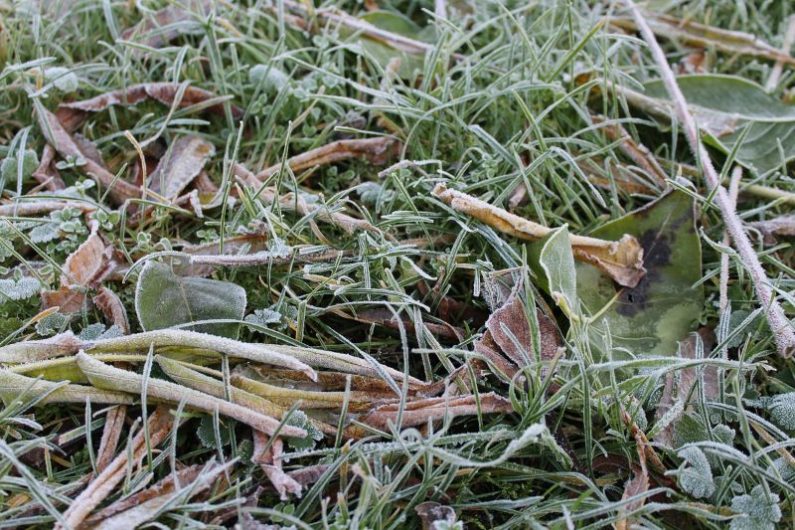
The birds need our assistance if they are to survive. Putting out food and clean water is a great way to help.
But what sort of food should you supply and how?
Birds need high energy food which is best provided by eating big fat worms and caterpillars.
But now that these are no longer available what can we do?
Fat is the next best thing. Fat balls, which contain seeds and broken nuts embedded in them, can be hung out – one or two at a time but make sure to remove any mesh that may be round them so birds won’t get their feet stuck. You can impale one or two on a thorny shrub as well if there is one nearby.
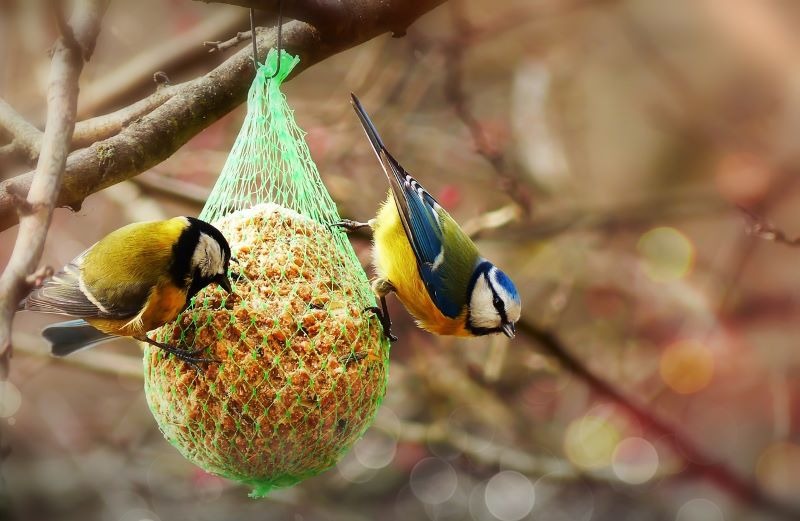
You can make your own too and get the children to help. Pour melted lard or suet over a mixture of seeds, nuts, dried fruit and oatmeal in an empty yoghurt pot. When it has hardened you can hang it out,
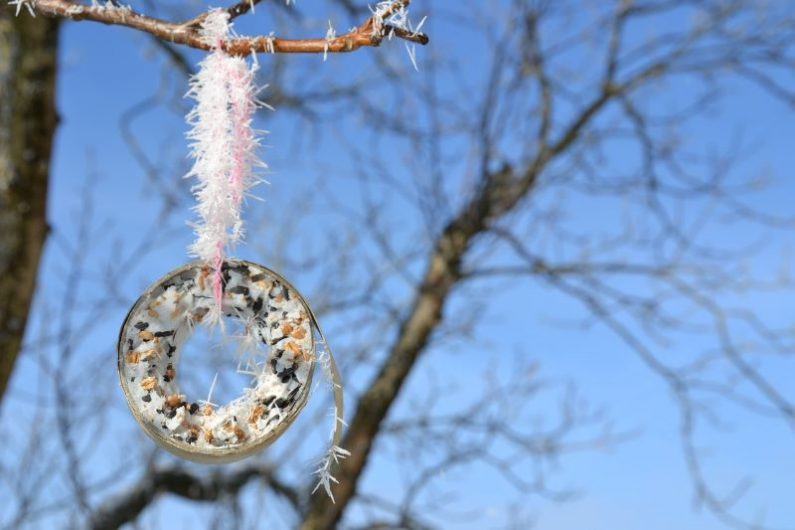
Feed little and often
Kitchen scraps are good too, such as rasher rinds, bits of cheese or brown bread crumbs. Don’t put out white bread it swells up in the bird. Don’t put out too much at a time or you might attract unwelcome visitors. It should be all eaten in half an hour. Put out your food as soon as you get up and it is bright – the little birds have had a long cold night and are starving.

Don’t put out dried peas or rice or even lentils. Smaller birds will avoid these as they are not edible for them and really it is the smaller birds that most need our help.
If you use bird feeders you can greatly increase the variety of food on offer as these can be filled with sunflower seeds or peanuts. Nyger seeds need a special feeder and goldfinches love these. Make sure that you get bird food that is designed for birds – don’t even think of putting out salted nuts or dry roasted peanuts.
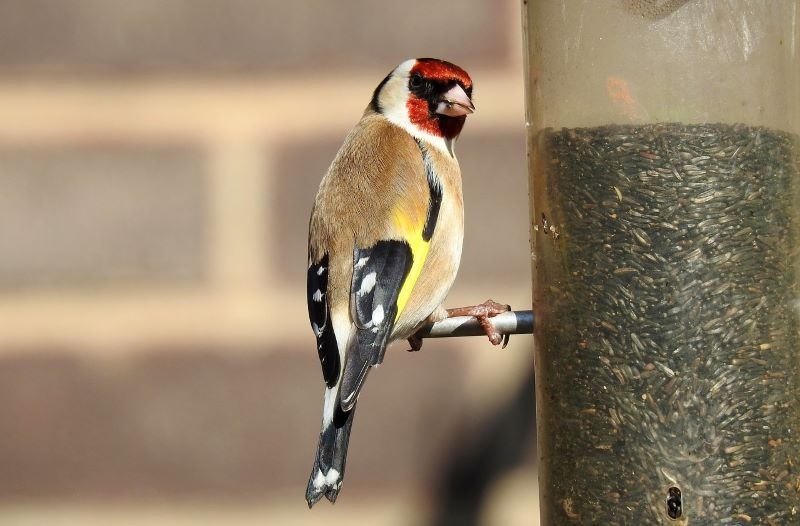
Check how the feeding is going, Make sure you have put the feeders in as dry and sheltered a spot as you can. Wet seeds swell and rot very quickly so little and often is best.
Peanuts if they are stored for long periods can develop aflatoxins which can kill birds so buy small amounts regularly to make sure they are fresh. The ones left at the bottom of the feeder can rot if left there too long so always clean out the peanut feeder before refilling.

Make sure your cat cannot sneak up on the bird feeder by walking along a nearby wall. In fact keep your cat indoors during the busy early morning feeding time for birds. A bell on the cat will give some warning too.

Most of all enjoy watching the birds feeding in your garden. Once word goes round that you are providing delicious free food you should get many visits.



